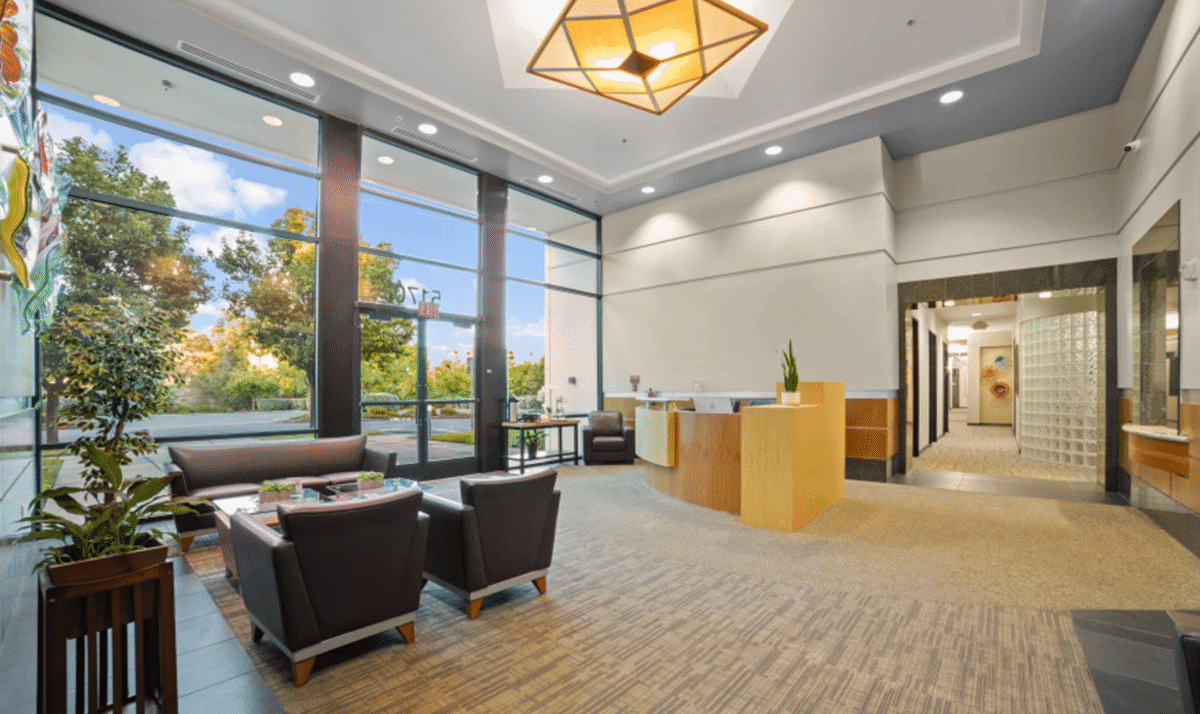Singapore’s commercial real estate (CRE) market remains a magnet for institutional investors, thanks to its stable economy and clear planning framework. CRE transaction volumes are expected to rise 5–10% in 2025, driven in part by strong growth in Singapore. In fact, recent surveys find Singapore among the few markets poised for higher transaction activity next year. Tokyo, Sydney and Singapore ranked as the top three cross-border real estate investment destinations in 2024, underscoring foreign funds’ interest. Investors focus on core sectors — Grade-A offices, quality retail malls, modern industrial and data center space, as well as large mixed-use projects. High-spec, “green” buildings are especially in demand: authorities now require all new Singapore buildings to be green-certified, so ESG-compliance is a key draw for global capital.
Key Growth Zones in Singapore
Several “growth zones” stand out for their investment potential.
- Jurong Lake District (Western Gateway) – Plans are underway to transform JLD into Singapore’s largest mixed-use business district outside the city center. A master-developer tender has been launched for a large integrated site, including significant office space. With Jurong East MRT interchange, the upcoming Cross Island Line, and nearby tech/university clusters, JLD is positioned to become a hub for innovation and sustainability-focused firms.
- Paya Lebar Central (City-Fringe Hub) – The relocation of Paya Lebar Airbase by 2030 will free up massive land for redevelopment. Paya Lebar already functions as a bustling city-fringe business hub with strong MRT connectivity. New projects like Paya Lebar Green are adding more Grade-A offices to the area, making it attractive for companies looking for modern spaces outside the traditional CBD.
- Central Business District (CBD) – The traditional CBD continues to be a stronghold for institutional investors. Despite new decentralised hubs, the CBD remains a magnet due to its superior transit links, prestige, and proximity to amenities. Limited new office supply in the CBD will likely maintain upward pressure on prime office rents.
- Eastern Gateway (Changi & Pasir Ris) – Anchored by Changi Airport and Changi Business Park, the Eastern Gateway is undergoing a massive expansion, including the future Changi Terminal 5. This reinforces Singapore’s role as a global aviation and logistics hub, attracting logistics, industrial, and office investments tied to the growing airport economy.
Table: Singapore’s Key Commercial Zones and Their Appeal
| Zone | Highlights | Investment Appeal |
| Jurong Lake District | Developing second CBD; mixed-use masterplan; tech R&D clusters; new MRT lines | Large land releases for offices, retail, housing; built as a green eco-city; attracts innovation-sector tenants. |
| Paya Lebar Central | East-side hub; airbase redevelopment; MRT interchange | New Grade-A offices; high occupancy in existing developments; excellent transit connectivity. |
| Central (Downtown) | Financial core with deep subway network | Stable demand; limited new supply; redevelopment of older towers into mixed-use spaces. |
| Changi / Eastern | Airport city and Changi Business Park | Expanding airport capacity; business park for aviation and aerospace firms; long-term logistics growth. |
Institutional investors are allocating capital across these sectors. Office and data center assets have seen rising investor preferences, while logistics/industrial spaces remain core components. Singapore-listed REITs and offshore funds are active in acquiring and developing assets, reinforcing the city’s robust CRE market outlook.
Choosing the Right Office Space
Selecting an office depends on business needs. Key factors include location, size, lease flexibility, budget, and amenities. Here’s a brief guide:
- Startups/Small Teams: Prioritize flexibility and cost control. Serviced or coworking spaces allow for short-term leases and the ability to scale up easily. Locations with good transit access and proximity to talent pools are essential. A prestigious address, even if small, can boost your credibility.
- SMEs (Growing Companies): Find a balance between budget and brand image. Medium-sized private offices near major transport hubs offer stability with manageable costs. Look for spaces that offer medium-term leases, meeting rooms, and amenities that support growth.
- MNCs & Large Firms: Focus on scale, image, and ESG factors. Premium Grade-A offices in prime locations signal prestige and are critical for attracting top talent. Sustainability features, high-end amenities, and long-term leases are often key requirements.
Table: Office Space Choices by Business Type
| Business Type | Key Focus | Office Choice Example |
| Startup/Small Teams | Low cost, flexibility, growth | Coworking or serviced offices; short leases; modular space. |
| SMEs | Balanced cost vs. image, stability | Private offices near MRT nodes; moderate lease lengths; meeting rooms included. |
| MNCs/Large Firms | Prestige, scale, sustainability | Premium Grade-A offices in CBD; long leases; top-tier amenities and green certifications. |
Exploring options with a platform like MatchOffice can simplify your search. MatchOffice aggregates office listings across Singapore’s best business districts, making it easy to filter by size, location, and features. Find your ideal workspace today and secure your future success in Singapore’s vibrant commercial hubs!
